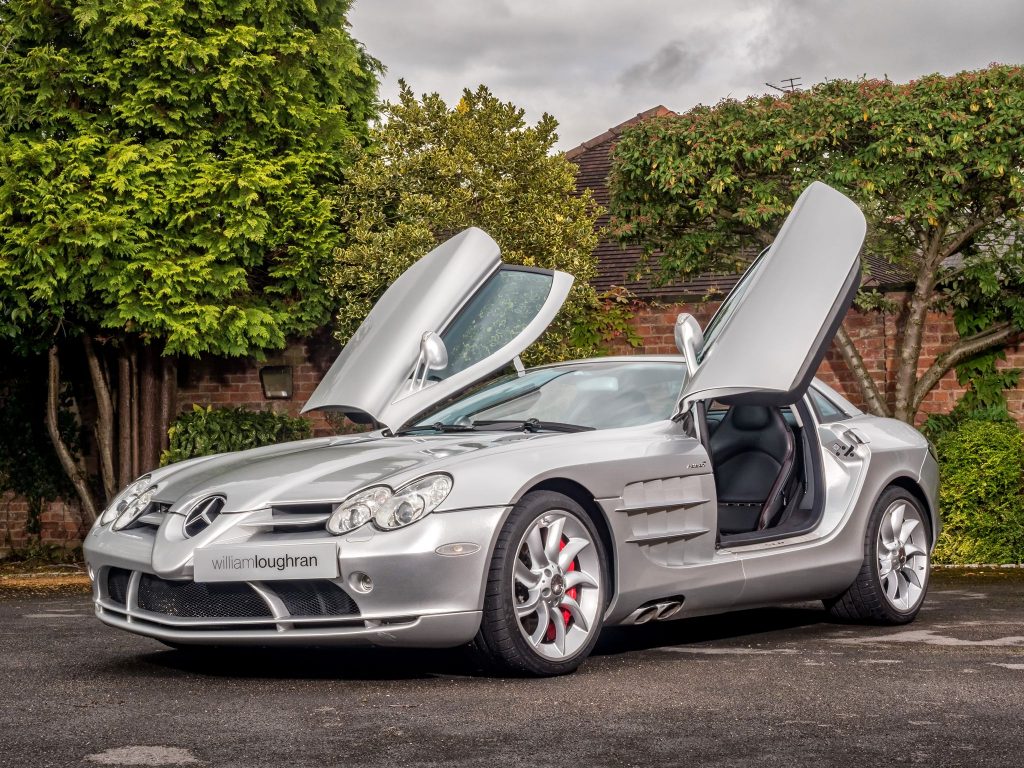
I had the opportunity to photograph the rather beautiful Mercedes SLR McLaren at William Loughran, esteemed supplier of performance and luxury cars.
It was a rather overcast day when I arrived to photograph this particular car. Not necessarily a bad thing, but I would have to be mindful to accentuate each curve and texture with my own lights, as I wouldn’t have the “free” third light as an overall key light, or additional accent light. The free light obviously being the sun, that rather rare and unreliable occurrence, here in the UK.
Frame left, and straight on, towards the bonnet of the car, I placed an Elinchrom ELB400, firing through a 65° high intensity reflector at an output of 5.0 (Equivalent to 200Ws). It was at a height of around five feet and angled towards the centre of the bonnet. For the right frame side of the vehicle, I placed an ELB1200, firing through another 65° high intensity reflector at an output of 6.0 (Equivalent to 400Ws). It was positioned to fire straight on to the side of the car. The test shot showed the highlight from reflection of the head just behind the door aperture. I moved the lightstand a little towards me, so the highlight was lost in the open door aperture.
My base exposure was 1/100th sec f16 at ISO200. I then shot three images, creating a bracketed sequence at ISO 64, 200 & 400. The images were initially combined in Lightroom, with selective additional blending done in Photoshop for detail.
Olympus E-M1 mkII 1/100th sec ISO 64, 200 & 400 12-40mm f2.8 @ f16
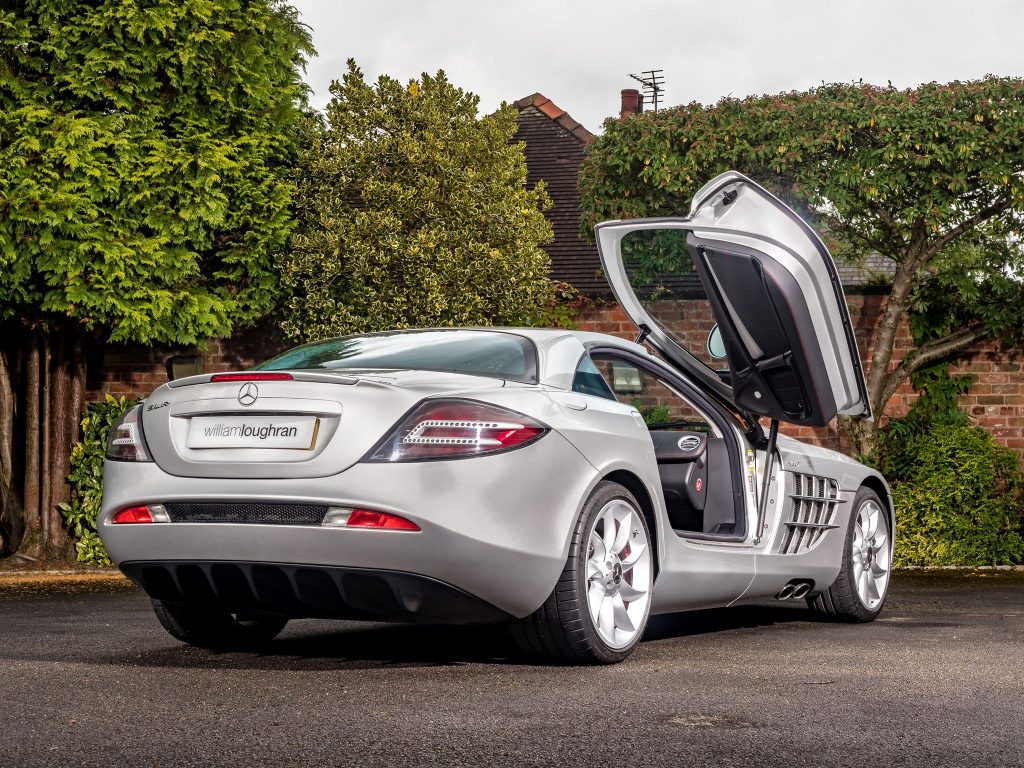
Although the car is turned around 180°, and is in exactly the same position, I found I had a a reduced return of reflective light from the car panels. The lights were in exactly the same positions, but the panels appeared darker. It’s possible the car was slightly further forward and across a little, but I basically opened up the aperture by two stops to compensate. That’s a fair increase, considering the lights were in the same position, and their output remained unchanged. I’ve had similar incidences before, where the car paint didn’t react to the light in an expected manner. It tends to be the metallic silver that can be a little unpredictable, and I do wonder if it’s down to how the paint is laid down, and how the metallic particles reflect the light. I’ve also found red paint can be problematic when bracketing, because on the high exposure shot, the colour goes pink.
The base exposure was 1/100th sec f8 at ISO200. I again shot three images for the bracketed sequence at ISO 64, 200 & 400.
Olympus E-M1 mkII 1/100th sec ISO 64, 200 & 400 12-40mm f2.8 @ f8
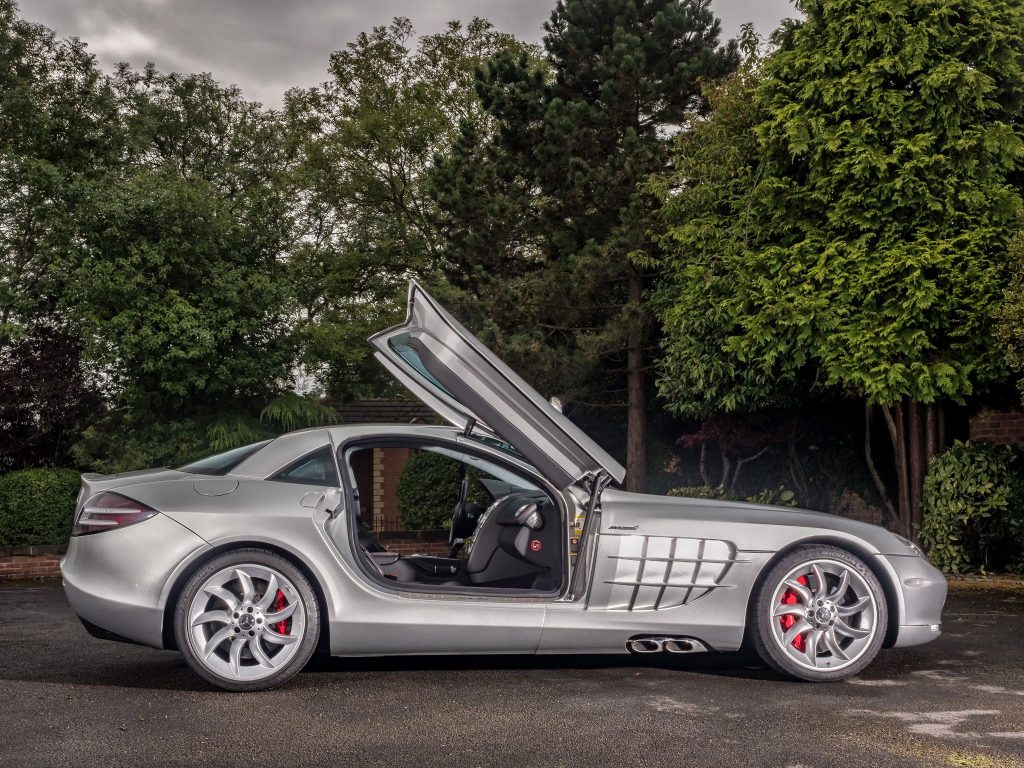
I placed the ELB400 frame left, and aimed the head towards the door, ensuring the angle of incidence would cause the light reflection to be way off to frame right, and therefore avoid any direct reflection towards the camera. It was set to fire at an output of 6.0 (Equivalent to 400Ws). The EB1200 was placed frame right, and again angled towards the middle of the car so as to avoid any reflection directly towards the camera. It was set to fire at an output of 6.5 (Equivalent to 600Ws).
The base exposure was 1/250th sec f11 at ISO200. I again shot three images for the bracketed sequence at ISO 64, 200 & 400.
Olympus E-M1 mkII 1/250th sec ISO 64, 200 & 400 12-40mm f2.8 @ f11
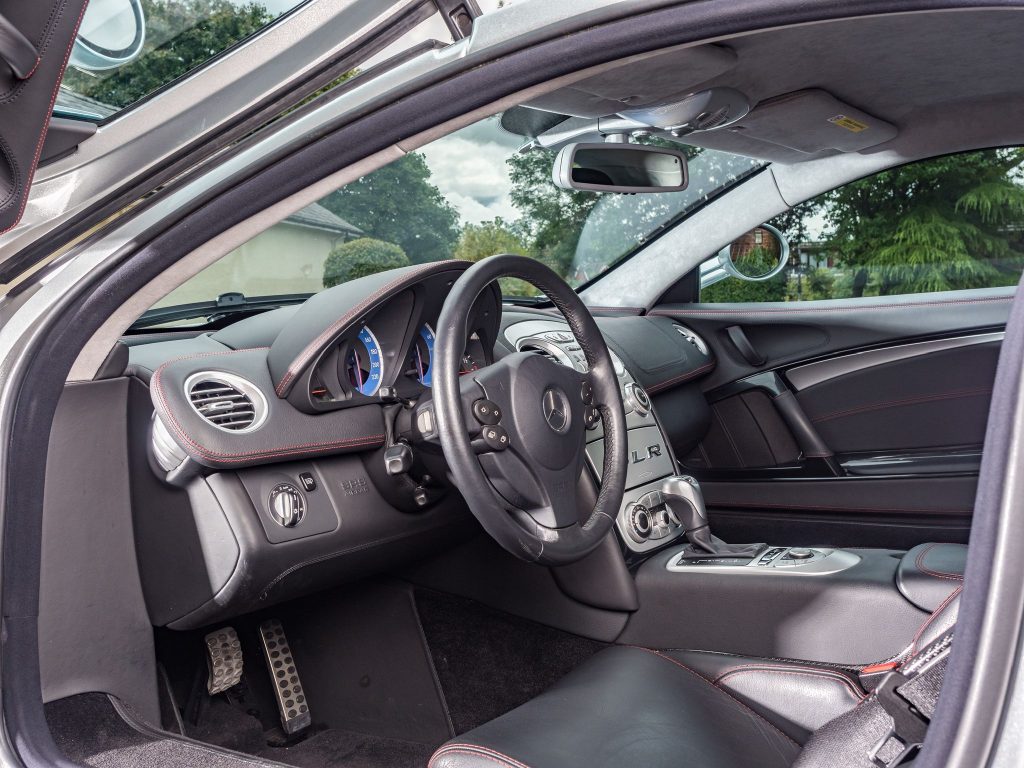
With interior images, I usually get away with just a single light source, and often it’s an 80x80cm folding softbox. On this occasion, I found I was getting quite dense shadows, and whilst it was fairly bright with the ambient light, it didn’t seem to penetrate the cabin too well.
To give the ambient a lift, I used the ELB1200 from far frame left and at a height of around eight feet, firing towards the front windscreen. You can see the shadow created in the centre of the cabin. The main fill light within the cabin was created by that 80x80cm folding softbox I mentioned a little earlier. I had the ELB400 firing through it at an output of 3.0 (Equivalent to 50Ws). The ELB1200 was firing at an output of 5.0 (Equivalent to 200Ws).
The base exposure was 1/250th sec f5.6 at ISO200. I took three images for the bracketed sequence at ISO 64, 200 & 400.
Olympus E-M1 mkII 1/250th sec ISO 64, 200 & 400 12-40mm f2.8 @ f5.6
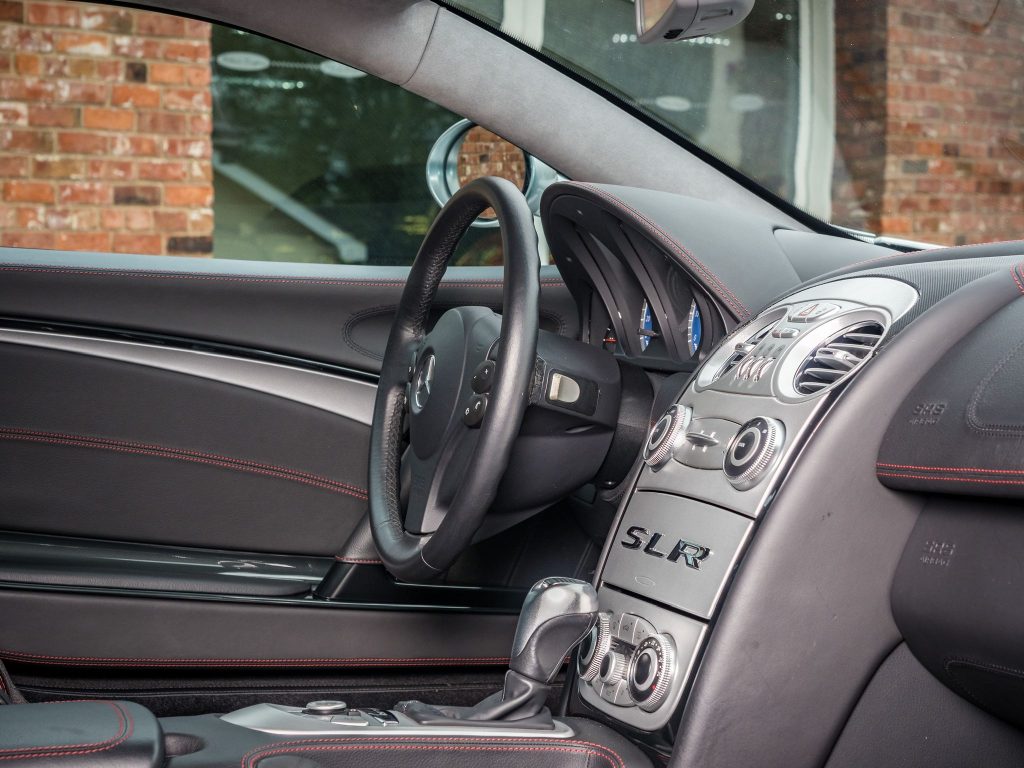
Same set up as the previous image of the interior.
Olympus E-M1 mkII 1/250th sec ISO 64, 200 & 400 12-40mm f2.8 @ f5.6
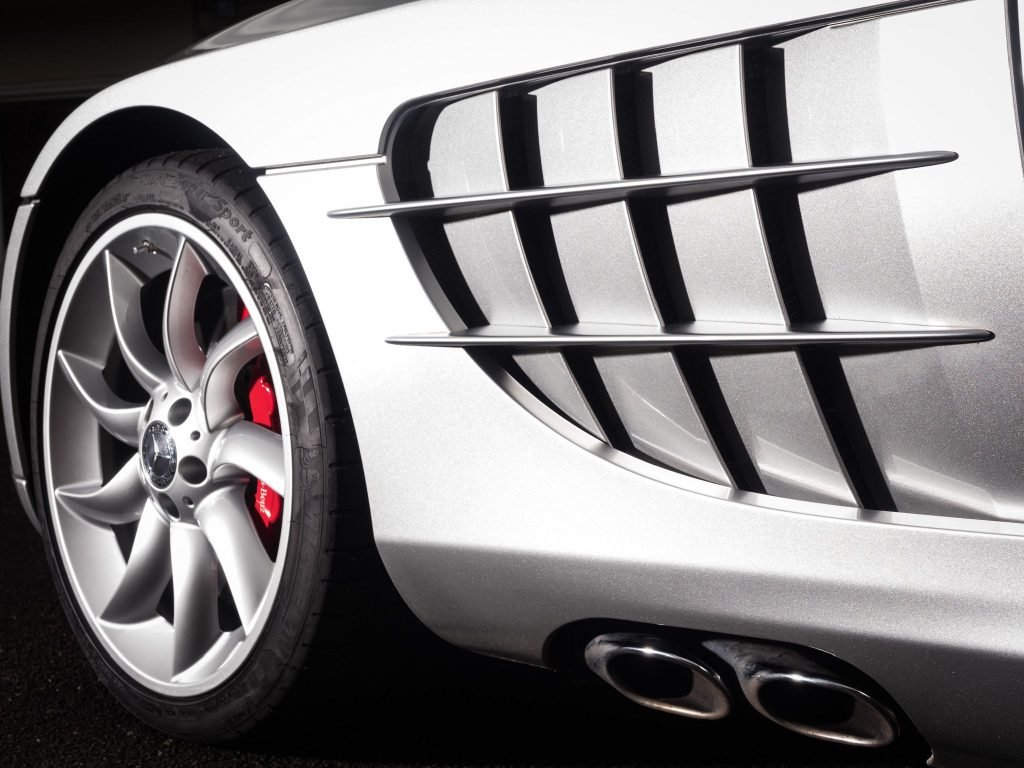
Frame left, ELB1200 firing at 3.0 (Equivalent to 50Ws), through a standard 18cm reflector.
Frame right, ELB400 firing at 3.0 (Equivalent to 50Ws), through an 80x80cm folding softbox.
Olympus E-M1 mkII 1/250th sec ISO 200 12-40mm f2.8 @ f8
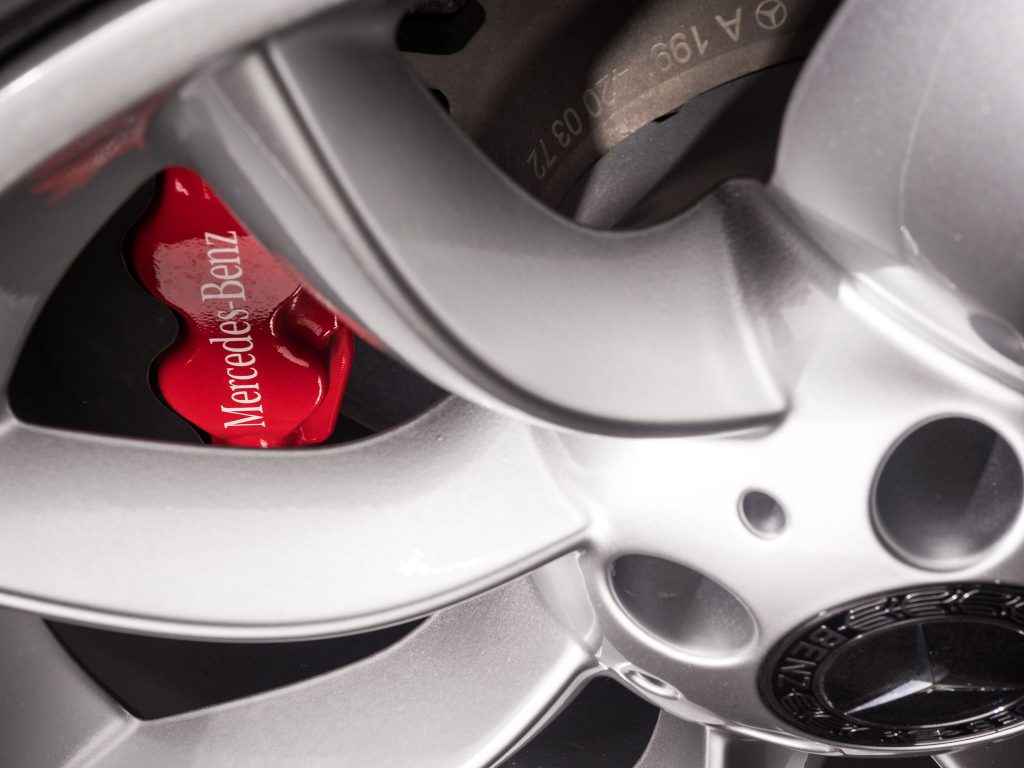
Single light source frame left, ELB400 firing at 4.0 (Equivalent to 100Ws), through an 80x80cm folding softbox.
Olympus E-M1 mkII 1/250th sec ISO 200 12-40mm f2.8 @ f10
I have to say, automotive or vehicle photography is one of the genres I really enjoy.

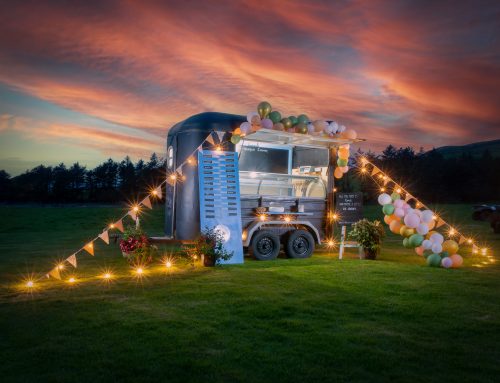
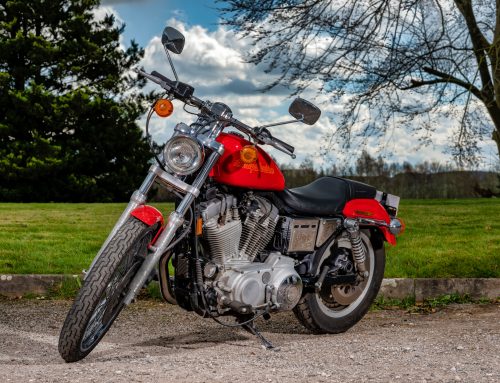
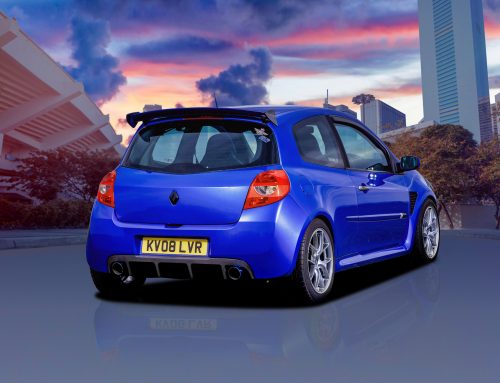
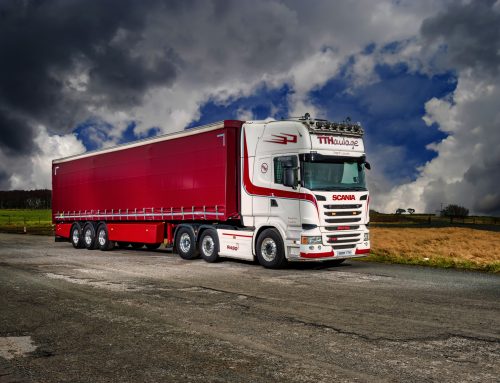
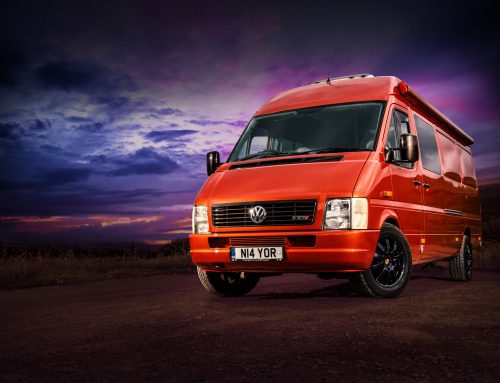
[…] Car Photography – Mercedes SLR McLaren […]